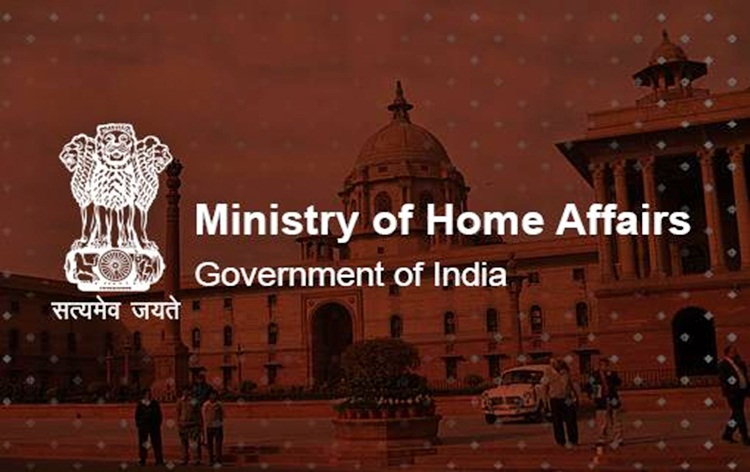
Binoo Joshi
JK News Today Commentary
Jammu, April 27:
The annual report of the Ministry of Home Affairs, looking after Jammu and Kashmir affairs ever since the erstwhile state was reorganized and split into two union territories in August 2019, which was implemented in letter and spirit on October 31st the same year, has provided an overview of the developments of the union territory with a focus on the promises made and kept. This also list the ongoing journey of the development and how the UT of J&K will have trust with the destiny in making with it being an equal partner in the nation building and benefiting from the central laws and schemes extended to the territory .
To be fair, it is the official assessment and prism of J&K, against the backdrop of the abrogation of Article 370 that ended the specials status and privileges of the former state. Then and now has become the official narrative in which things are placed in the category of black in the pre-August 5, 2019 period, and post the momentous changes in the constitution the UT of J&K is projected as a land marching ahead in all fields.
Officials will supplement this with their own version, evidence shown as to how the roads have been constructed and the connectivity has become a driving force in ensuring comprehensive development in terms of infrastructure and meeting the urges and aspirations of the people. That all what is being stated by the report bears a close resemblance to the changing situation in the UT is traced to the massive tourist footfall and prospects of investment worth Rs. 70,000 crore coming by this year-end . The MHA report if studied closely is a promise that the government of India has kept after doing away with the Article 370 and promise for the future that J&K will continue to progress .
The report seeks to reinforce the point , which has been substantiated by the statistics as to how many incidents took place between 1990 – 2020 – marking three decades of the militancy , that the situation was all due to the Pakistan-sponsored terrorism in Jammu and Kashmir. It noted : Security Situation in Jammu and Kashmir J&K has been affected by terrorist and secessionist violence, sponsored and supported from across the border, for about three decades. Since the advent of militancy in J&K in the 1990s, 14,091 Civilians and 5,356 Security Force (SF) personnel had lost their lives (up to 2020)”. These statistics are stories of the horror that J&K underwent in the specified period . The MHA report could not have done more to capture all the atrocities that terrorism unleashed since 1990 as there are so many tales of woe if documented would stretch the report to several volumes . Each home in Kashmir has been affected . Some suffered the miseries while they stayed back, and others had the tryst with the uncertainties when they could not withstand a campaign of persecution , which had select killings and street noises asking a particular community to leave the Valley . There was suffering all around – killings were just one part , the environment of darkness with all unspeakable brutalities that has left its scars on the lives of the people.
In this report , what is clear is that there is extraordinary focus on the migration of Kashmiri Pandits , to some extent Sikhs , and also on Muslim families
This is an area of focus as the migration of the families from the Valley is a life-long story of the nightmare for them . They might have reconciled to being outside the land of their ancestors , but the pangs of pain are recurring . The report holds a promise of their return and rehabilitation of over 64,000 migrant families.
Alongside, an expanse of the ongoing activities has been laid out , which in itself is a vision of things turning around for the youth and posterity. It contains the same message that PM Modi delivered in J&K on April 24 that he would ensure that the “ youth of Kashmir in the current times doesn’t suffer the miseries that their parents and grandparents had to undergo “.




